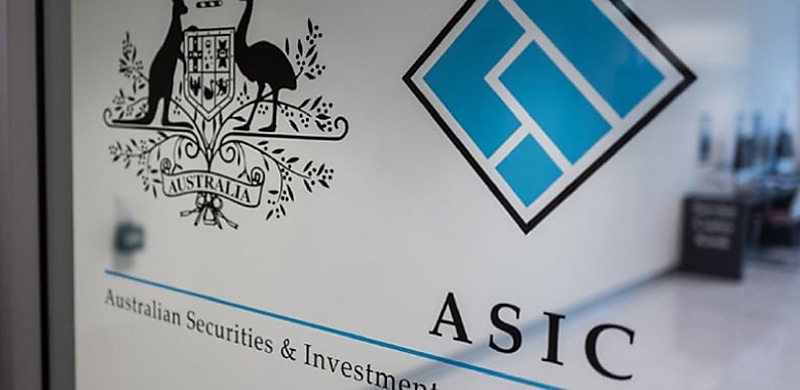
Changes have been made by the regulator so that licensees do not have to submit notifications about certain reportable situations from 20 October.
The Australian Securities & Investments Commission (ASIC) has made ASIC Corporations and Credit (Amendment) Instrument 2023/589, which modifies the reportable situations regime.
Currently, Australian financial services licensees (AFSL) and Australian credit licensees (ACL) are automatically required to submit notifications to ASIC about some reportable situations, which include deemed ‘significant’ breaches of ‘core obligations’ specified in section 912D of the Corporations Act 2001 (Corporations Act) and section 50A of the National Consumer Credit Protection Act 2009.
Licensees must lodge their reports within 30 days after they first know that there are reasonable grounds to believe that a reportable situation has arisen.
However, from Friday (20 October), ASIC has extended the timeline to 90 days if the situation has underlying circumstances that are the same as, or substantially similar to, underlying circumstances of a reportable situation previously reported to ASIC.
Moreover, a change has been made to exclude certain breaches of the misleading or deceptive conduct provisions (in subsection 1041H[1] of the Corporations Act or subsection 12DA[1] of the Australian Securities and Investments Commission Act 2001 [ASIC Act] and the false or misleading misrepresentations provision in s12DB[1] of the ASIC Act) from being deemed significant breaches of a core obligation and therefore automatically reportable.
To qualify for the exclusions, the relevant breach must:
- Only impact one person or, if it relates to a financial product, credit product, consumer lease, mortgage or guarantee that is, or is proposed to be, held jointly by more than one person, those persons.
- Not result in, and be unlikely to result in, any financial loss or damage to any person (regardless of whether that loss or damage has been, will be or may be, remediated).
- Not give rise, and be unlikely to give rise, to any other reportable situation.
According to ASIC, an example of reportable situations that would no longer automatically be deemed significant, and therefore reportable, under the new significance thresholds include:
If a 100-bp discount, which was outlined in a letter of offer accompanying a new home loan, is not applied when the linked transaction account is set up, but the mistake is identified before the first monthly repayment and rectified so that it applies to that repayment and later repayments (and further reportable situations because of the non-application have not arisen and are not likely to arise as the error was a one-off and not due to a systemic fault such as a defective template).
Other examples include:
- A staff member mistakenly advises a consumer that a payment will be processed on the following day, but that day is a public holiday so the payment will not be processed until a day later (in circumstances where there is no financial loss incurred by the consumer as a result of the payment being processed a day later).
- In a sales call regarding a credit card, a staff member mistakenly advises that the interest rate will be 17 per cent per annum when it is actually 15 per cent per annum, but the customer proceeds with acquisition of the card based on a 17 per cent per annum rate, the bank promptly advises the customer of the lower rate and charges the lower rate.
The change follows concerns about the costs of reporting some reportable situations that have limited regulatory benefit and aims to reduce the regulatory burden for licensees arising from reportable situation reports that offer limited or no regulatory intelligence value for ASIC and meet certain criteria.
ASIC said that the extension of the timeline to 90 days comes after finding that there was a “burden associated with such reports for licensees who may be investigating a breach and identifying further reportable situations”.
“ASIC expects that the additional time should contribute to better reporting by licensees and enable licensees to address and rectify breaches more quickly,” it said, adding that it expects licensees to undertake regular reviews or audits of the number of breaches reported and identify any trends in reports.
The regulator undertook targeted consultation with a wide range of stakeholders including industry, consumer representative bodies and the Treasury before making the Amendment Instrument and flagged that no stakeholder opposed the changes.
[Related: ASIC seeks ‘common-sense solutions’ to breach reporting]

